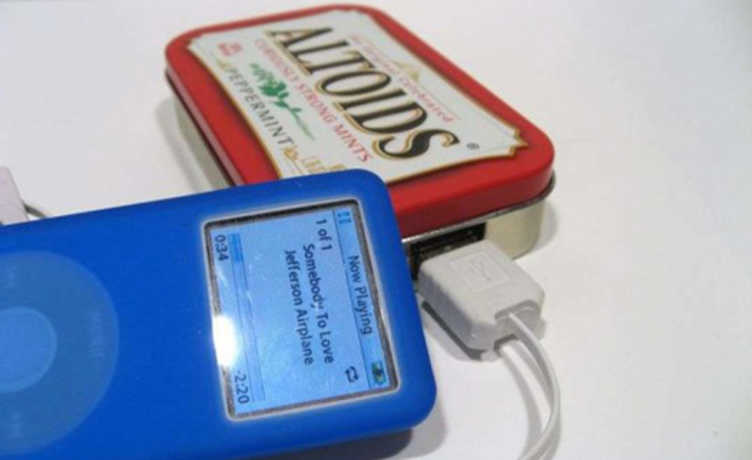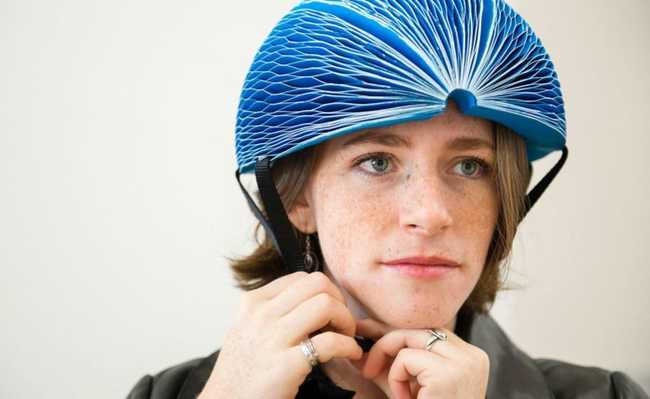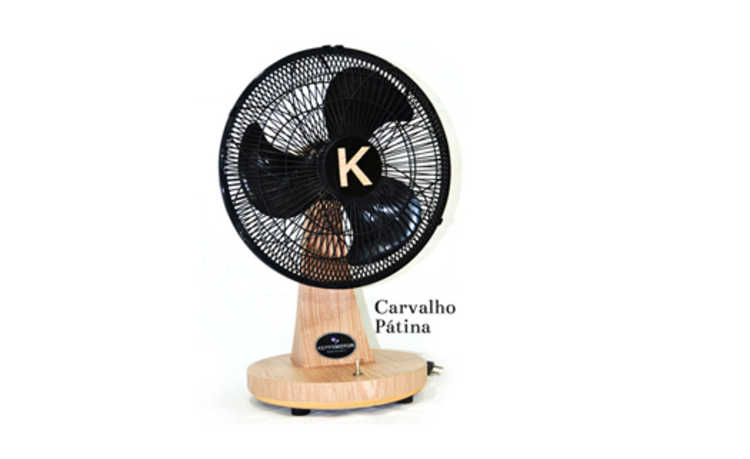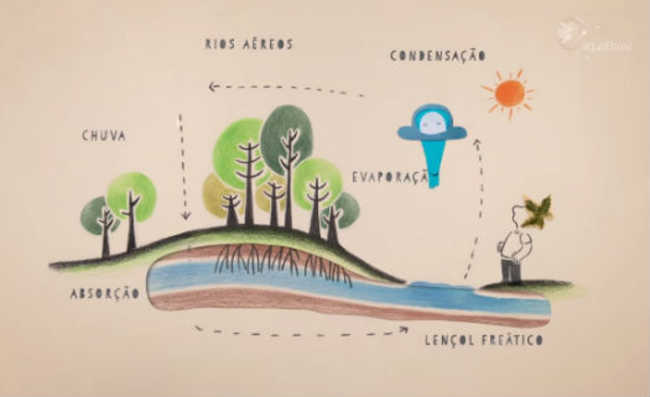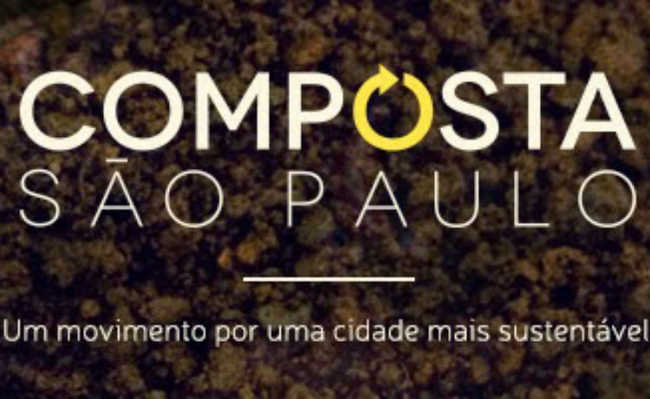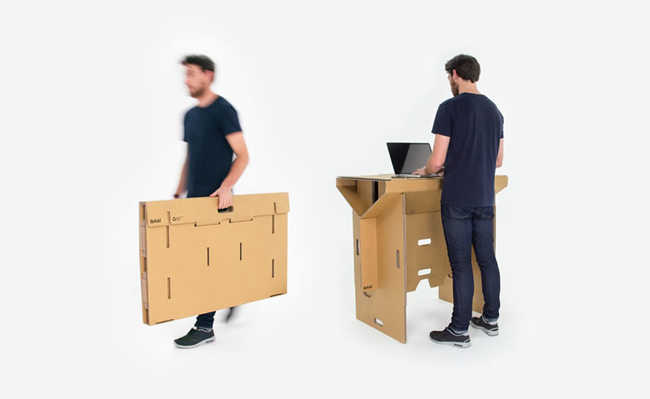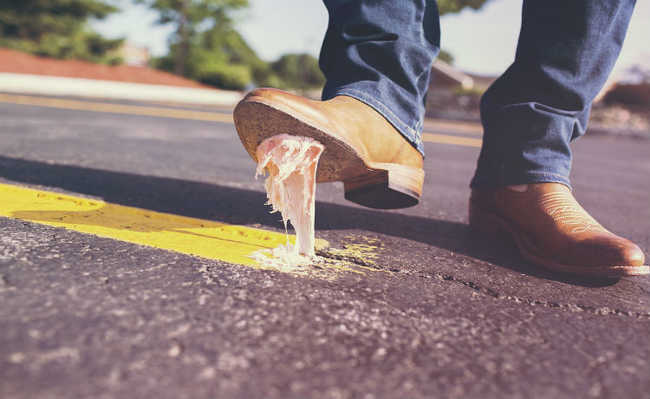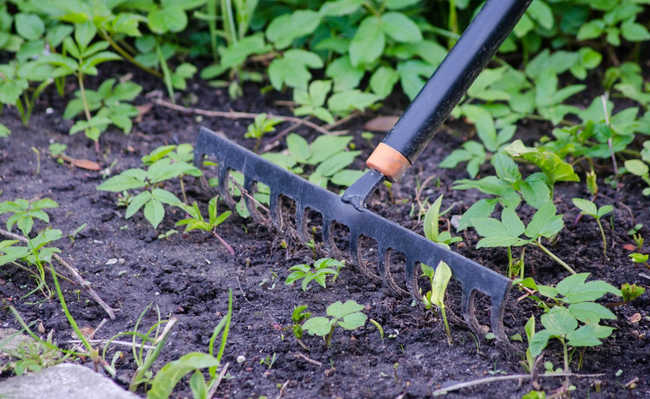Initiative reuses Tetra Pak packaging to restore precarious homes
Project "Brasil sem Frestas" was born in Rio Grande do Sul and has already helped several families to protect themselves from the heat and cold

The Brasil sem Frestas project was born in September 2009, in Passo Fundo, in Rio Grande do Sul. The collective manufactures and applies thermal milk carton plates with two purposes: to improve the public health of precarious housing and to prevent a high-end product durability and difficult to recycle escape to the environment and cause harmful effects.
The person responsible for the initiative was chemist Maria Luisa Camozzato. On a rainy and stormy night, Maria Luisa became concerned about the situation of families in a state of social vulnerability and began to think about a solution to the problem. In Passo Fundo, as well as in several other cities, many families are unable to buy material to renovate their homes. Until then, these families depended on public authorities and community donations to make their homes more comfortable, a slow process.
Realizing the risk these families were running, experiencing cold, heat and living daily with excess humidity, Maria Luísa decided to do something about it to change this reality in the short term. As an expert on the thermal insulating effect of Tetra Pak packaging, she thought of using these packagings to improve the living conditions of people who live in unlined houses, repecting crevices and holes.
The solution had already been found, however, Maria Luísa, alone, would not be able to do it. Help from other people was needed to collect the Tetra Pak packaging boxes, cut, paste and apply. For this, a group was set up with the participation of volunteers who engaged in the idea. The "Brasil sem Frestas" was created, and already christened.
How it works
The collective “Brazil without crevices” carries out the work of making and applying thermal milk carton plates with two purposes: to improve public health and prevent a highly durable and difficult-to-recycle product from escaping into the environment and causing harmful effects . To learn more about this topic, take a look at the article: "Is Tetra Pak packaging recyclable?".
But the main motivation of the initiative is to promote health by increasing thermal comfort, covering the walls that have gaps to prevent the entry of cold, rain and heat.
The Tetra Pak package has six layers. Looking from the inside of the box outwards, there are two layers of plastic, one of aluminum, another layer of plastic, a layer of cardboard with the imprint of the brand, and finally another layer of plastic. Thus, the durability of these packages exceeds 200 years.
The plastics present prevent the entry of rainwater and protect cardboard and aluminum. Aluminum is primarily responsible for keeping the temperature of the house in more habitable conditions. In summer, the sun's rays that hit the aluminum are reflected back outwards, which prevents the house from getting too hot. In winter, on the other hand, aluminum reflects human body heat back into the house, preventing it from escaping outside, which makes the house feel warmer. In addition to this effect, the Tetra Pak packaging covers gaps, preventing the entry of icy winds.
To alleviate the temperature of the environment during the summer (which usually exceeds 40°C), the Tetra Pak packaging sheets, after being well washed, dried and cut to form a rectangle, should be placed under the tiles. If possible, it is recommended to preserve a distance between the carton packs and the tile, so that air can accumulate in the space between the tile and the packaging. That's because air is an excellent thermal insulator.
This technique allows the temperature to drop to 8°C.
A study carried out by Unicamp concluded that the plates (Tetra Pak packages) must be placed with the aluminum side inside the house. The stamp part of the package must be stapled to the wood. The sheets must be stapled towards the roof, in a way that allows the rainwater to drain, so as not to accumulate water in the packages and to damage them.
Tetra Pak packaging can also be used to cover the floor (with the aluminum facing downwards) to prevent the rise of moisture. Aluminum and plastic form a vapor barrier that prevents moisture from rising, then another plastic is added to preserve the sheets and, on top, a common mat.
How to make
The Brasil Sem Frestas initiative operates in Rio Grande Sul, but if you live in another state and need to close the cracks in your house or know someone who needs it, you can start a local project. For this, it is necessary:
- Find volunteers
- Collect carton packs
- Separate by brand or type of packaging
- Have a large collapsible ladder with five or six steps
- scissors
- Upholsterer Stapler
- Carry out cleaning and cutting of packaging
- Insulating tape for bare electrical wires (always close the main switch before handling them and be careful not to leave any wire hidden under the packaging, nor cover the back wall of the stove)
- Staple or sew groups of six boxes towards the roof
See, in the videos below, the main steps to apply carton packs at home:
How to properly sanitize and cut boxes:
How to cover the house with the carton packs:
To learn more about the initiative or get in touch with the project's creator, visit the blog Brasil Sem Frestas.In the World Manual video, you can also see how it is possible to reduce the temperature of a house using a carton pack:

